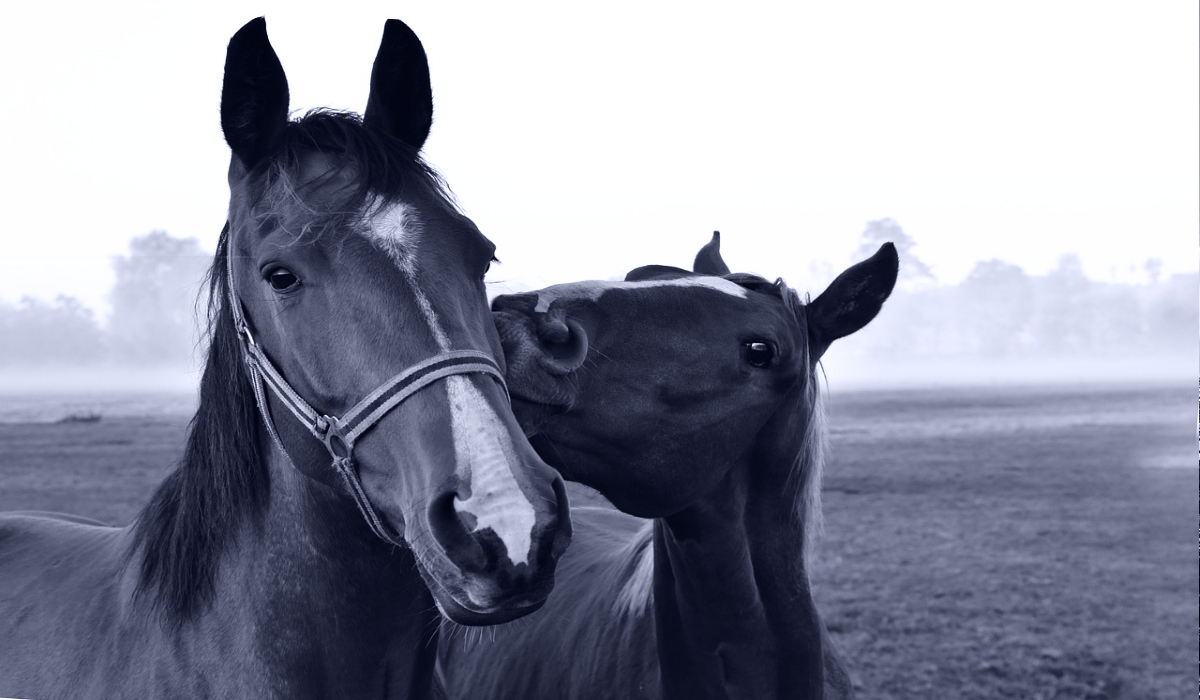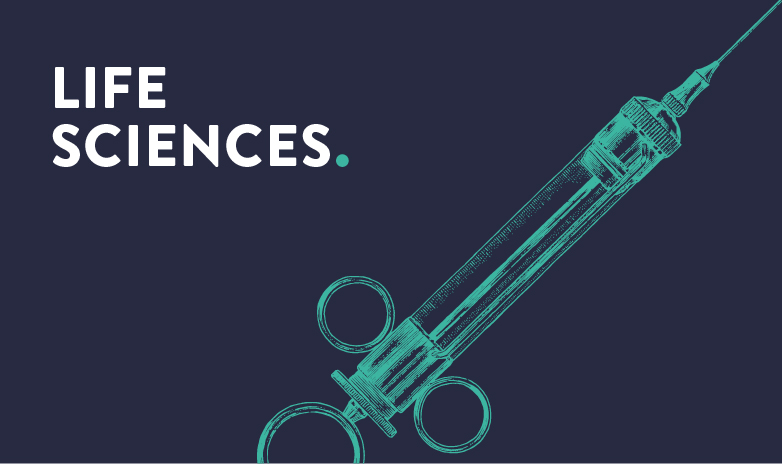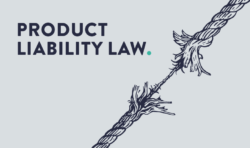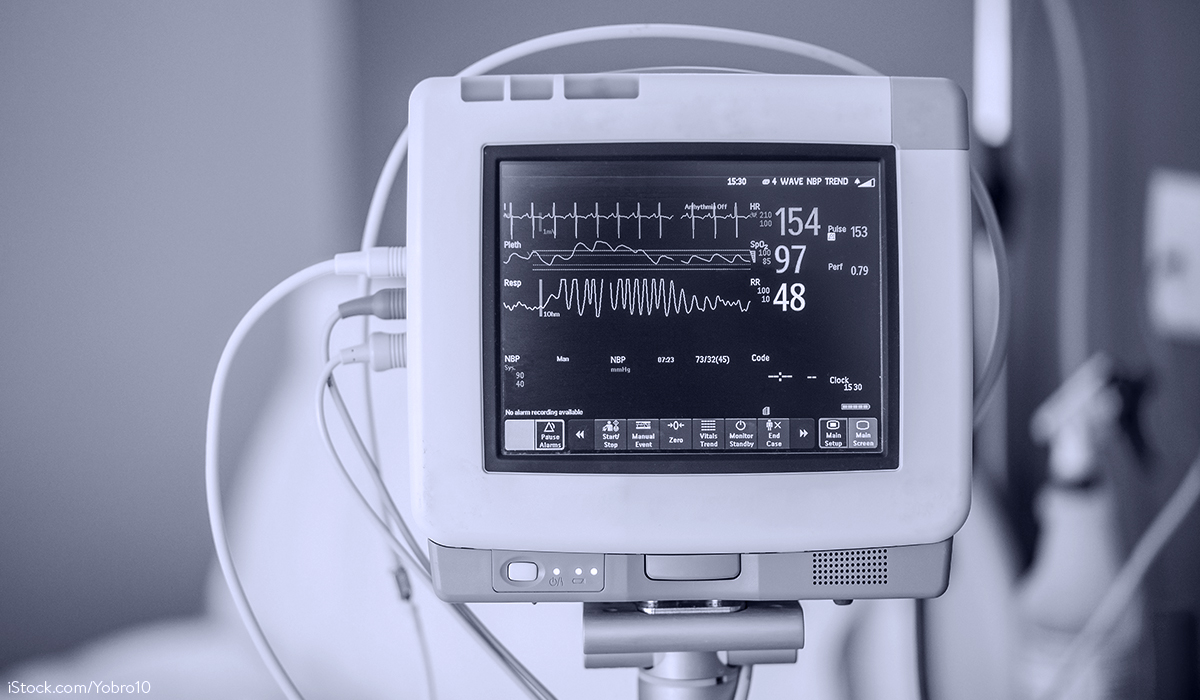This blog post categorises the Guidance and provides an overview of the key content.
A. Background
In 2019, the Veterinary Medicinal Products Regulation resulted in a split of the applicable legal regimes of veterinary medicinal products law on the one hand and human medicinal products law on the other. Both matters are now no longer regulated uniformly in the Medicinal Products Act; instead, in the area of veterinary medicinal products, the Act on the Marketing of Veterinary Medicinal Products and the Implementation of Union Legislation on Veterinary Medicinal Products (Veterinary Medicinal Products Act – TAMG) applies in addition to the directly applicable Veterinary Medicinal Products Regulation. This is accompanied by new legal provisions for the authorisation of veterinary medicinal products, which developers, manufacturers and distributors of veterinary medicinal products have had to adapt to.
In order to facilitate their application on the one hand and to promote the uniform application of the law throughout the EU on the other, the Commission is now providing those affected with a Guidance for Applicants. Although the European Commission’s legal opinions contained therein are not legally binding, they provide important points of reference for future decisions by the competent authorities.
The European Commission emphasises the objectives of the Veterinary Medicinal Products Regulation as the basis for the guidance document and the interpretation of the provisions referred to therein:
- ensuring the protection of human and animal health as well as the environment,
- improving the functioning of the internal market,
- increasing the availability of veterinary medicinal products,
- promoting research and innovation,
- reducing the administrative burden and
- managing the risk to public health posed by antimicrobial resistance.
B. Content of the guideline
The guidance is dedicated to various application-orientated areas of the Veterinary Medicinal Products Regulation.
Firstly, the term veterinary medicinal product is concretised and more detailed explanations of the subcategories according to Art. 4 No. 1 of the Veterinary Medicinal Products Regulation are given. The European Commission also addresses the classification procedure, which is intended to give potential applicants for the authorisation of a veterinary medicinal product the opportunity to clarify with the competent authorities in advance of an application whether a veterinary medicinal product exists at all. Finally, the first section of the guidance document categorises the criteria of industrial preparation and industrial process from Art. 2 para. 1 of the Veterinary Medicinal Products Regulation in the context of the scope of application and provides further guidance on the interpretation of these two terms.
In a second section, the guidance first explain the territorial scope of the Veterinary Medicinal Products Regulation. In this context, it is important to note that the Veterinary Medicinal Products Regulation also applies in the EEA states of Norway, Iceland and Liechtenstein, meaning that these states are involved in the Union procedure for veterinary medicinal product authorisations. In addition, the relationship with the UK is also briefly explained. This is followed by a description of the national and centralised authorisation procedures, including the resulting interactions. In addition, some special topics, such as the allocation of invented names for veterinary medicinal products and the validity of the authorisation, are examined.
The third section of the guidance provides very detailed assistance for the submission of authorisation applications. It deals with the various types of applications and medicinal products regulated by the Veterinary Medicinal Products Regulation. In particular, the European Commission sees a considerable need for clarification in the area of applications for limited markets in accordance with Art. 23 of the Veterinary Medicinal Products Regulation and their authorisation criteria, as well as applications for generic veterinary medicinal products in accordance with Art. 18 of the Veterinary Medicinal Products Regulation and the concept of the reference veterinary medicinal product.
This is followed in the fourth section by explanations on the life cycle of authorisations, in particular on necessary updates and amendments.
The protection of technical documentation in accordance with Art. 38 et seq. Veterinary Medicinal Products Regulation, which are prepared by third parties with regard to the granting or variation of a marketing authorisation for another veterinary medicinal product and to which reference may be made when submitting an application, is also covered in detail in the guidance document (Section 5). In addition, there are numerous application examples for the calculation of the underlying protection periods.
Finally, the guideline contains some clarifications on standards of veterinary medicinal product law with regard to the observance of environmental protection in the authorisation procedure and also to the protection of human health in connection with veterinary medicinal products.
Summary
With this 44-page guidance, the European Commission provides legal practitioners and applicants with comprehensive instructions on the numerous provisions of the Veterinary Medicinal Products Regulation, which diverge in their degree of concretisation. It remains to be seen whether the guideline fulfils its objectives in terms of harmonisation and effectiveness or, on the contrary, leads to new uncertainties in interpretation. However, it will be possible to answer some of the questions that have arisen in the almost five years since the Veterinary Medicinal Products Regulation came into force with the help of the guideline, so that harmonisation of the application of the law by the various national authorities can be expected in these areas.
Do you have any questions about this news or would you like to discuss it with the author? Please contact: Dr. Boris Handorn






